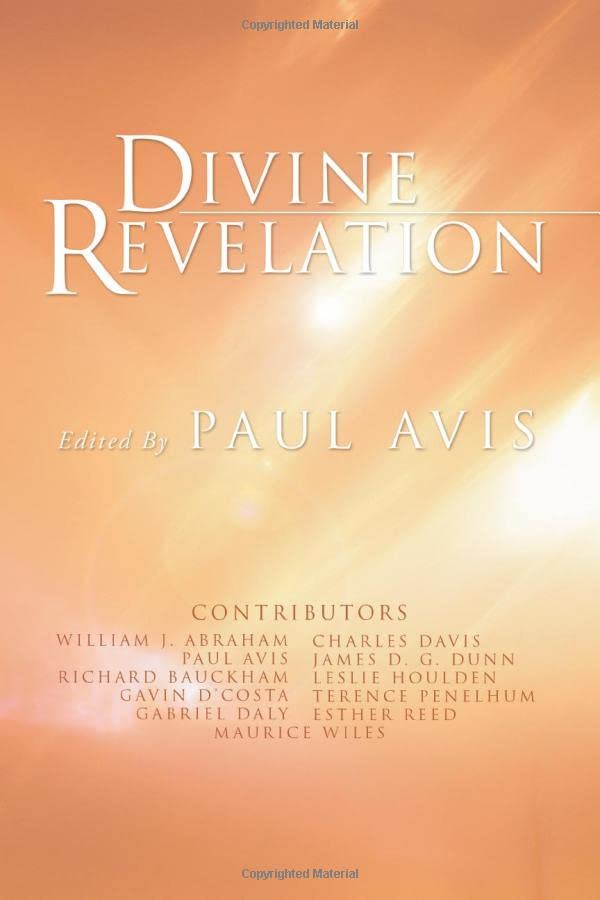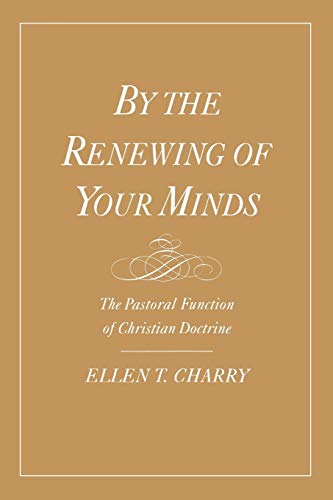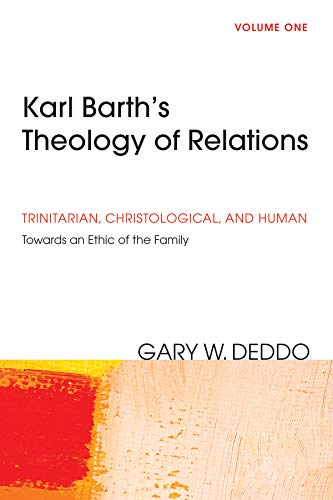Traditions as Rhetorical Proof: Pauline Argumentation in 1 Corinthians Coniectanae Biblica (NT series 29)
Written by Anders Eriksson Reviewed By Anthony C. ThiseltonThis is a worthy successor to some of the more important volumes in this Coniectanae Biblica series, including for example Holmberg’s Paul and Power and Übelacker’s Der Hebräerbrief als Appell. Indeed two of the advisers for this Lund University thesis were B. Gerdhardsson, with his special concerns about tradition, and W. Überlacker, with his expertise in rhetorical analysis. Although very many who write on rhetorical criticism seem to be doing little more than trying to cash in on a current fashion which is being overworked, the present work makes a genuine and constructive contribution to our understanding of Paul’s use of rhetorical strategies and to the role of his appeal to shared traditions in 1 Corinthians. Some treatments of rhetoric in the NT are as very good as many are very bad. Eriksson is well aware of those approaches which reflect a postmodern concern to avoid epistemology and truth-claims by reducing everything to mere strategies of persuasion concerning which the biblical specialist need only describe and relish the pluralism of strategies. Equally he is well aware of the attacks by such writers as Litfin on those who want to assimilate Pauline proclamation into mere arts of persuasion. Eriksson has a mature grasp of ancient classical literature and of Pauline studies which allows him to identify Paul’s uses of rhetorical strategies without for one moment suggesting that Paul’s argument constitutes no more than strategies of persuasion regardless of truth-claims.
In his chapter on developments in rhetorical criticism Eriksson carefully draws out the differences between those approaches which focus mainly on elocutio (for instance E. Norden); those which expend much energy on structure or dispositio (for instance H.D. Betz); and those which often more usefully return to the issue of valid argumentation or inventio, even if also with some concern for the former. Like S. Pogoloff, he is well-aware of a Rorty-like postmodern attitude that claims to replace ‘interpretation’ (which entails epistemology and issues of truth) by ‘rhetoric’ (which may describe mere performance in exclusively pragmatic terms of successful strategies). Eriksson’s sensitivity to this together with his insistence (with Pogoloff and Mitchell) that rhetorical strategies shed light on the nature of Pauline communication, not least with Corinth, enhance the value of this study. Further he approaches tradition not as a study of the pre-history of the traditions which have entered the text, but as shared common ground with the addressees which perform various roles and functions within the specific contexts of Paul’s arguments in 1 Corinthians. Any initial scepticism about whether this book breaks fresh ground dissipates as the reader proceeds to its end.
Of eight identified traditions in 1 Corinthians, Eriksson devotes an entire chapter to each of five: (1) the theological or credal tradition ‘One God … One Lord …’ (1 Cor. 8:6) in the context of food offered to idols (8:1–11:1); (2) the tradition of the words of institution of the Lord’s Supper (11:23–25) in the context of rich and poor at the Lord’s table (11:17–34); (3) the acclamation of Jesus as Lord (12:3) in the context of claims to be ‘aspiritual’ (12–14); (4) the tradition of witness of the resurrection (15:3–5) in the context of a theology of the resurrection of the dead (15); and (5) the Aramaic tradition of the coming of the Lord (Maranatha, 16:22) in the context of the peroratio of 16, which Eriksson compares with Überlacker’s work on Hebrews 13. These traditions represent common ground for argumentation. In this respect they constitute atechnic proofs … not dependent on the speaker’s oratorical ability, his art or technê … The traditions … constitute the common ground … and can therefore be appealed to as the facts of the case (33). Aristotle included in this category of atechnic facts of the case (i) witnesses (cf. witnesses to the resurrection in Paul); (ii) contracts (cf. covenantal dimensions of the Lord’s Supper); and (iii) oaths (cf. pledges, confessions, or acclamations of Jesus as Lord). Only entechnic or artistic (cf. pragmatic, instrumental) categories come under the notion of sheer performance alone.
We may illustrate Eriksson’s arguments with reference to the tradition about the Lord’s Supper (his ch. 5, 174–96). The rhetorical genre is basically deliberative but with epideictic components. 11:17–22 constitute arefutatio of Corinthian claims to be maintaining the tradition. The deliberative rhetoric is reversed: it is precisely not ‘for the better’ that they meet (11:17). The common tradition establishes that the Lord’s death and its proclamation provides the test of faithfulness to what constitutes ‘the Lord’s’ Supper. By dividing rich from poor, they are tearing apart the solidarity of the new creation established by Christ’s death. A series of underlying enthymemes (major and minor premises which are not universally demonstrable, but axiomatic within given traditions) set up structures in which some premises are presupposed which others are overt, serve to throw into relief the question ‘what constitutes a real kyriakon deipnon’ (184) ‘Their behaviour at the Lord’s Supper … should be a proclamation of his death’ (86). Nevertheless because their behaviour undermines the unity of the redeemed, the celebration becomes ‘tearing apart his body’ and hence they are ‘liable for the death of the Lord’ (11:29; 189–90). ‘The logic of Paul’s thought has often escaped interpreters … ‘Some of your are under judgement’ (191 and 192). The key point (against for instance E. Castelli and A.C. Wire) is that the narratio and confirmatio demonstrate that ethos rests not in Paul’s apostolic authority as a speaker or rhetorician, but in the tradition or gospel which is shared. Epideictic rhetoric links such observance of the tradition with honour and commendation in contrast to judgement. If we miss Paul’s heavy enthymematic argumentation and perceive this as a mere strategy of persuasion (cf. Wire) we shall miss the thrust of the text.
This careful and constructive book takes further the useful studies of Pogoloff (1992), M.M. Mitchell (1992) and Moores (1995) to utilise rhetorical study judiciously to serve exegesis. It breathes a different air from those who use ‘rhetoric’ as a pretexts for escape from issues of truth and rationality in order to locate Paul exclusively with a world of rhetorical strategies which serve only interests rather than truth.
Anthony C. Thiselton
University of Nottingham and University College, Chester







